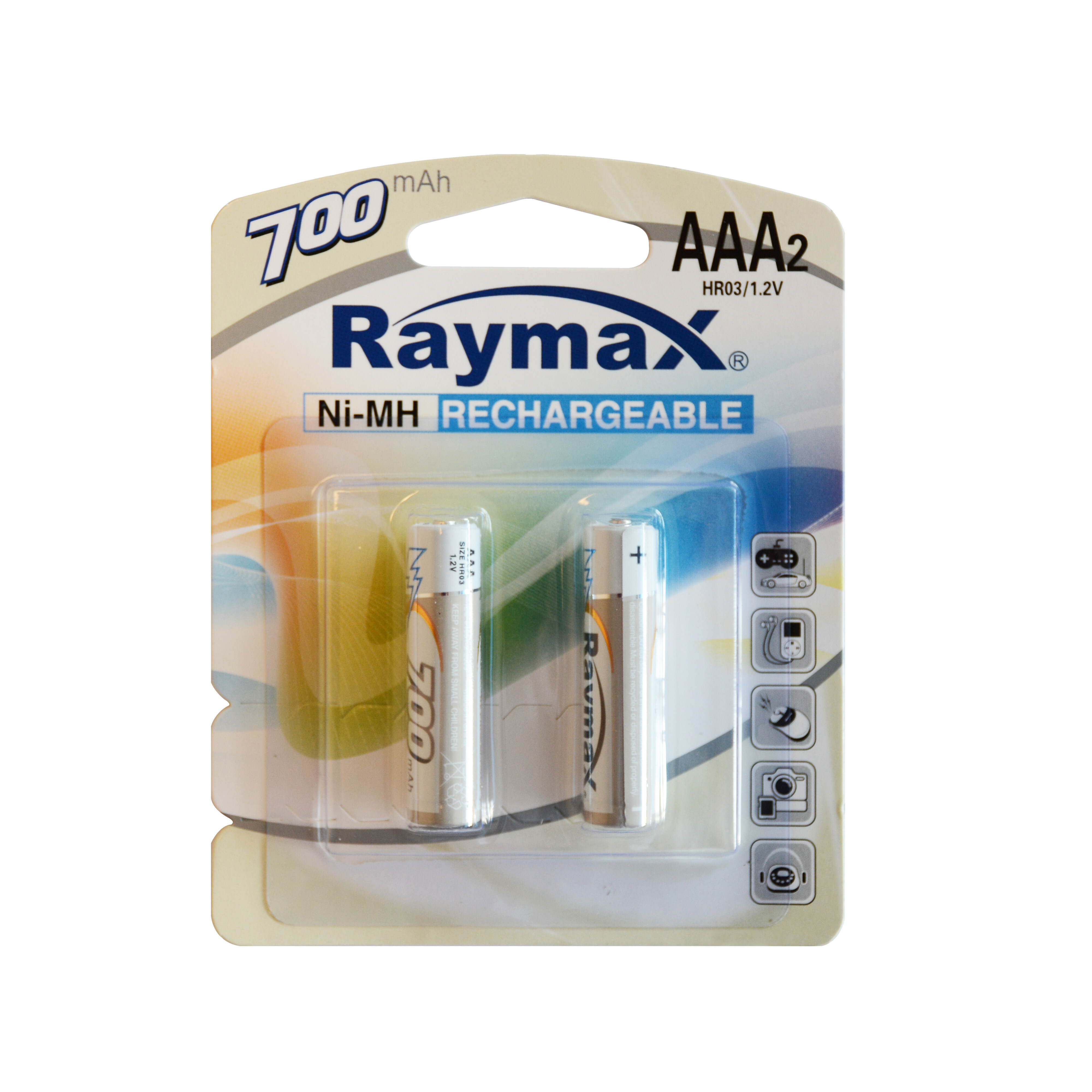Email format error
Email cannot be empty
Email already exists
6-20 characters(letters plus numbers only)
The password is inconsistent
Email format error
Email cannot be empty
Email does not exist
6-20 characters(letters plus numbers only)
The password is inconsistent

Alkaline battery & Button cell manufacturing process-News

Choosing the Right Battery for Your Needs: Practical Tips for Selecting the Best Battery
Batteries are integral to powering a wide range of devices, from everyday electronics to industrial equipment. Selecting the right battery involves considering various factors, from power requirements to environmental conditions and specialized features. This article aims to provide practical tips and guidance to help you make informed decisions when choosing batteries for specific applications.
1. Understanding Battery Specifications and Applications
Introduction to Battery Specifications
Battery specifications encompass key parameters such as voltage, capacity, size, and chemistry. Understanding these specifications is crucial as they directly impact the battery's performance and suitability for different applications. For instance, a battery with higher capacity can provide longer operational times between charges, making it ideal for devices requiring prolonged usage.
Types of Battery Applications
Batteries serve diverse applications, ranging from consumer electronics like smartphones and laptops to critical uses in medical devices, automotive systems, and industrial machinery. Each application has unique power requirements and environmental conditions that influence the choice of battery type and specifications.
2. Key Factors to Consider When Selecting a Battery
Power Requirements and Capacity
One of the primary considerations when choosing a battery is its power output and capacity. Battery capacity, measured in ampere-hours (Ah), indicates the amount of charge a battery can store. Matching the battery's capacity to the device's power consumption ensures optimal performance and longer operating times. For example, high-drain devices such as digital cameras require batteries with higher capacity to sustain continuous use.
Size and Form Factor
Battery size and form factor play a crucial role in fitting batteries into devices with limited space. Different devices accommodate specific battery sizes (e.g., AAA, AA, C, D), and choosing the correct size ensures compatibility and efficient use of space within the device.
Voltage Compatibility
Voltage compatibility is essential to prevent damage to both the battery and the device. Each device specifies its voltage requirements, and selecting a battery with matching voltage ensures safe and reliable operation. For instance, using a battery with higher voltage than required can overload the device's circuits, potentially causing malfunction or damage.

3. Environmental Considerations
Temperature Range
Temperature affects battery performance significantly. Extreme temperatures can reduce battery efficiency and lifespan. Understanding the temperature range in which the device will operate helps in selecting batteries that can withstand these conditions. For example, batteries used in outdoor equipment or vehicles must be capable of functioning reliably across a wide temperature spectrum.
Durability and Longevity
Battery durability and longevity are critical, especially for applications where battery replacement is impractical or costly. Factors such as cycle life (number of charge-discharge cycles), shelf life (storage duration without significant capacity loss), and robust construction impact battery longevity. Choosing batteries with durable casing and advanced chemistry enhances reliability in demanding environments.
4. Specialized Features and Technologies
Rechargeable vs. Non-rechargeable Batteries
The choice between rechargeable (secondary) and non-rechargeable (primary) batteries depends on usage patterns and environmental considerations. Rechargeable batteries offer cost-effectiveness and reduced environmental impact over time but may require compatible charging equipment. Non-rechargeable batteries provide immediate power without the need for recharging and are ideal for applications requiring long shelf life or infrequent use.
Specialized Battery Technologies
Advancements in battery technology have led to specialized types such as lithium-ion (Li-ion), nickel-metal hydride (NiMH), and carbon zinc batteries. Each technology offers unique advantages in terms of energy density, power output, and environmental compatibility. Li-ion batteries, for example, are popular for portable electronics due to their high energy density and rechargeability, whereas carbon zinc batteries are cost-effective solutions for low-drain devices.
5. Industry Standards and Certifications
Understanding Industry Standards
Industry standards and certifications ensure battery quality, safety, and performance consistency. Standards organizations such as the International Electrotechnical Commission (IEC) and Underwriters Laboratories (UL) establish criteria for battery design, manufacturing, and testing. Compliance with these standards assures users of battery reliability and compatibility with global regulatory requirements.
Certifications for Specific Applications
Certain industries, such as medical devices and aerospace, require batteries to meet specific certifications for safety and performance. Medical device batteries, for instance, must adhere to stringent standards to ensure patient safety and device reliability. Understanding these certifications helps in selecting batteries that meet industry-specific requirements and regulatory standards.
6. Practical Tips for Battery Selection
Conducting a Needs Assessment
Before selecting a battery, conduct a thorough needs assessment to identify specific requirements such as power output, runtime, and environmental conditions. Consider factors like device usage patterns, operational environment, and budget constraints to narrow down suitable battery options.
Consulting with Battery Experts
Consulting with battery suppliers or industry experts can provide valuable insights into selecting the right battery for your application. Suppliers can offer technical expertise, recommend suitable battery types, and provide guidance on optimizing battery performance and longevity.
7. Case Studies and Examples
Case Studies of Successful Battery Applications
Real-world examples illustrate effective battery selection strategies in diverse applications. For instance, the use of high-capacity Li-ion batteries in electric vehicles demonstrates advancements in energy storage technology to meet transportation demands. Case studies highlight the role of battery innovation in improving efficiency, reliability, and sustainability across industries.
8. Conclusion
Choosing the right battery involves evaluating multiple factors, from technical specifications to environmental considerations and industry standards. By understanding these factors and following practical tips for battery selection, you can ensure optimal performance, longevity, and safety for your devices. Making informed decisions based on application-specific requirements and consulting with battery experts enhances the efficiency and reliability of battery-powered systems.
In conclusion, selecting the best battery requires careful consideration of technical specifications, environmental factors, and industry standards. By following the practical tips outlined in this article, you can confidently choose batteries that meet your specific needs and optimize performance across various applications.

